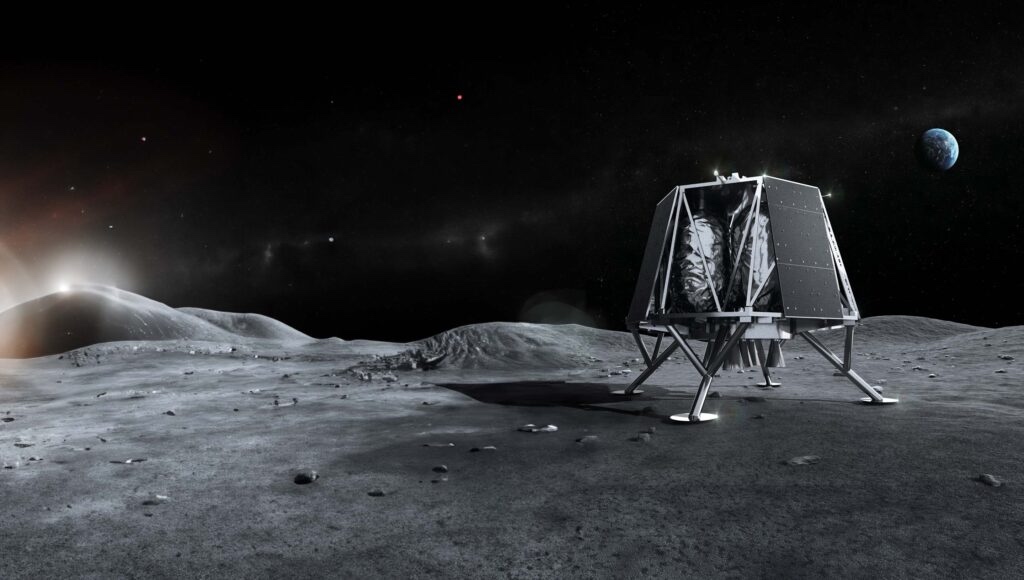WASHINGTON — The American subsidiary of Japanese company ispace has revised the design of a lunar lander it is providing for a NASA mission, pushing back the launch of that mission by a year.
The company, ispace technologies U.S., unveiled the new lander design, called APEX 1.0, at a Sept. 28 event at its new headquarters in the Denver suburb of Centennial, Colorado. The lander will be used on a NASA Commercial Lunar Payload Services (CLPS) mission awarded to Draper in July 2022 that, at the time, planned to use a lander called Series-2.
The lander redesign was driven by the needs of the NASA payloads. “The environmentals didn’t close on the Series-2 design, particularly in the area of vibration,” said Ron Garan, chief executive of ispace U.S., in an interview. “We needed to do a complete redesign of the vehicle in order to accommodate that.”
The redesign, he said, ensures that the lander can accommodate the widest possible range of payloads. APEX 1.0 will be able to host up to 300 kilograms of payloads, with the ability to expand to 500 kilograms. The lander also supports the ability to release satellites in lunar orbit, which will be used for the CLPS mission to relay communications from its landing site on the lunar farside.
Garan said there is strong interest from other customers in flying payloads both on the CLPS mission, called Mission 3 by ispace and CP-12 by NASA, and subsequent ones. That includes rovers as well as experiments in in situ resource utilization (ISRU). “We’re going after both commercial and government contracts to supplement CP-12. We have payload capacity right now,” he said.
The APEX 1.0 design has completed preliminary design reviews, with ispace projecting it will pass its critical design review (CDR) by March 2024. Garan said CDR is currently scheduled for December.
The revised lander, though, will delay the mission. When NASA selected the Draper-led team for the mission last year, it projected launch in 2025. That launch has now slipped to 2026, ispace said, because of the lander design.
That has financial implications for the company. In a Sept. 28 statement, ispace, traded on the Tokyo Stock Exchange, said it was lowering its sales forecast for the current fiscal year, which runs through March 2024, by more than 50% to 3.05 billion yen ($20.4 million) because the delays in Mission 3 mean payload sales will be recognized in later years.
Separately, ispace said it was lowering its projected net loss for the year by 3.385 billion yen to 4.5 billion yen, citing the payout from an insurance policy on its HAKUTO-R M1 lander that crashed attempting to land on the moon in April.
The company anticipates growing demand for lunar landers, which motivated the decision to move into a new 4,600-square-meter U.S. headquarters. “If we win some more contracts, we’re going to take off on a steeper exponential curve of growth, and so we need a facility that will enable that,” Garan said.
The facility will be able to support production of future landers, although other partners will handle the assembly, integration and testing of the Mission 3 lander. It will also host a growing engineering workforce. Garan said that ispace U.S. had about 50 employees when he joined three and a half months ago, and has now grown to 85. He projected the company will have more than 100 employees by the end of the year.
“It took ispace U.S. a little bit of time to get off the ground, to get going. We are firing on all cylinders now,” he said. “Out goal is to be a significant player, to make a significant contribution to the establishment of lunar infrastructure.”
